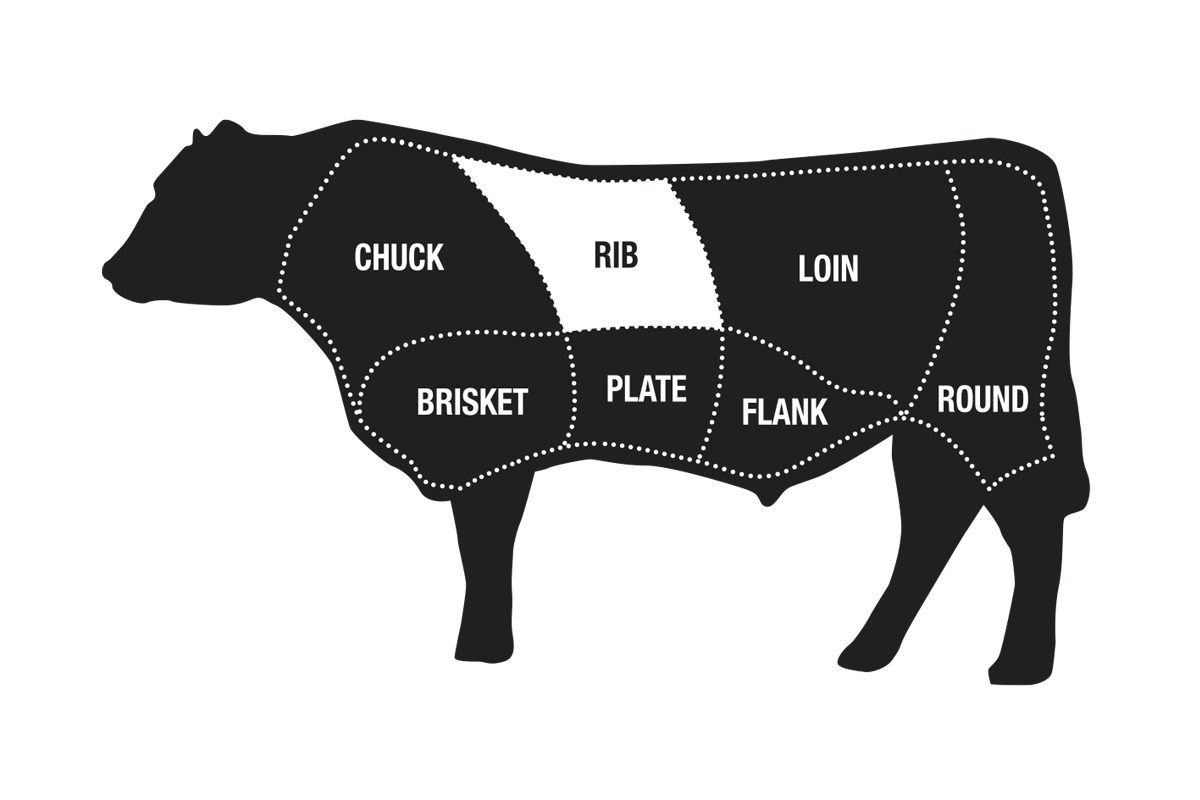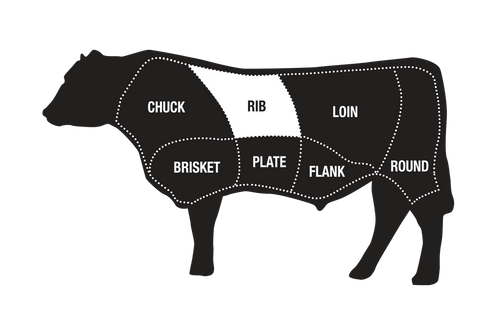Wagyu Bone-In Prime Rib Roast
American Wagyu
SRF Wagyu bone-in prime ribs have a dramatic appearance and deep robust flavor. Leaving the bones in place achieves aesthetic and culinary benefits. Available in a selection of grades and sizes.
Pioneers of American Wagyu
100% US Raised
Flash Frozen
SRF Wagyu bone-in prime ribs are preferred by customers who appreciate its traditional look. The benefits are not all in its appearance. The rib bones insulate the beef and keep the portion next to the bone tender and juicy.
Each SRF American Wagyu prime rib roast is hand-selected and hand-cut from the top-graded ribeye sections to include the prized cap and a rich center eye. This is a monumental prime rib reserved for those who appreciate the finest American Wagyu beef available.
Average weights:
3 bone - 9 lbs.
4 bone - 11 lbs.
This is a natural product, and the actual weight may vary by +/- .75 lb.
Snake River Farms beef grades start at USDA Prime, the top grade on the USDA scale. The majority of SRF beef is marbled well beyond this level. To grade SRF, we use a 12-point Beef Marbling Score (BMS), which measures marbling that exceeds the USDA scale.
SRF Silver® - BMS of 4 to 5. Marbling comparable to USDA Prime.
SRF Black® - BMS of 6 to 8. Significantly more marbling than USDA Prime.
SRF Gold® - BMS of 9 to 10. Dramatically more marbling than USDA Prime.
SRF Gold Plus™ - BMS of 11 to 12. The highest marbling available from Snake River Farms.

Details
SRF Wagyu bone-in prime ribs are preferred by customers who appreciate its traditional look. The benefits are not all in its appearance. The rib bones insulate the beef and keep the portion next to the bone tender and juicy.
Each SRF American Wagyu prime rib roast is hand-selected and hand-cut from the top-graded ribeye sections to include the prized cap and a rich center eye. This is a monumental prime rib reserved for those who appreciate the finest American Wagyu beef available.
Average weights:
3 bone - 9 lbs.
4 bone - 11 lbs.
This is a natural product, and the actual weight may vary by +/- .75 lb.
Cooking Tips
Beef Grading
Snake River Farms beef grades start at USDA Prime, the top grade on the USDA scale. The majority of SRF beef is marbled well beyond this level. To grade SRF, we use a 12-point Beef Marbling Score (BMS), which measures marbling that exceeds the USDA scale.
SRF Silver® - BMS of 4 to 5. Marbling comparable to USDA Prime.
SRF Black® - BMS of 6 to 8. Significantly more marbling than USDA Prime.
SRF Gold® - BMS of 9 to 10. Dramatically more marbling than USDA Prime.
SRF Gold Plus™ - BMS of 11 to 12. The highest marbling available from Snake River Farms.











